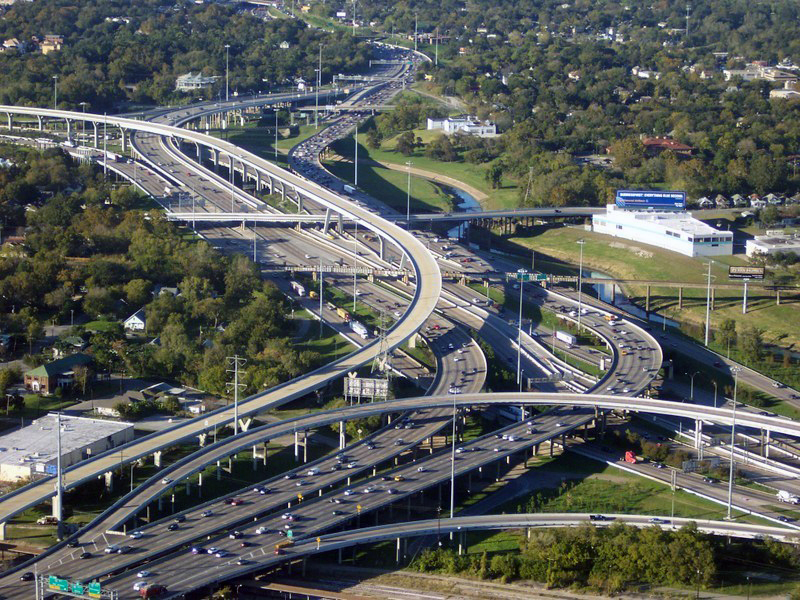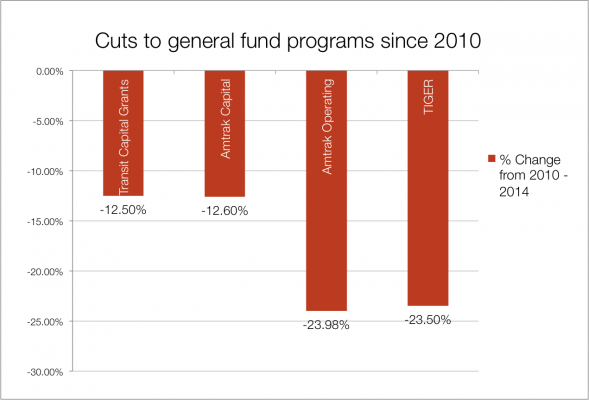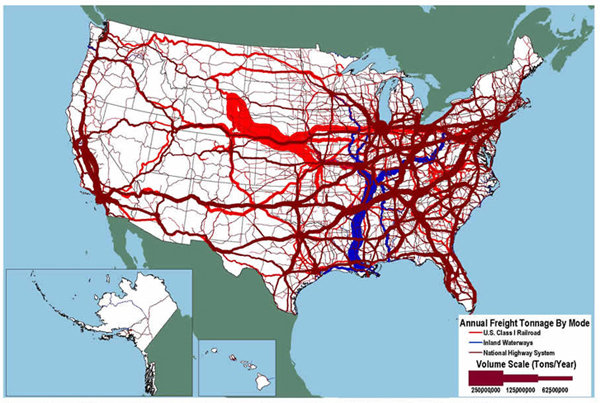
Today's article is interesting in that is discussing some of the reasons why there might be a disconnect between the country's need for infrastructure and the public's willingness to pay for it. There reasons are as follows:
The Invisibility Factor: this potential reason points out that we take for granted when infrastructure works well. We turn on the faucet and water comes out, etc.
Follow the Money: Unfortunately we are not able to follow where our money goes when we pay our taxes. We have divorced payment for infrastructure from its consumption, unlike when we go to a store where we part with our money and come away with something that we want.
The Feeling of Paying Twice: None of us feel good about paying twice for something, and in some ways, we pay twice for infrastructure. First, theoretically, we pay with our tax money for infrastructure. But when infrastructure is well-designed and well-implemented, "it often inflates the value of well-served land". If we want to get the most value out of new infrastructure, we want our home or business near a highway interchange or a transit station, for instance. But at this point, the value of land near this highway has likely increased due to the new infrastructure. So, after having paid for it with taxes, we must pay a landowner a premium rent or price to have access to the land that my taxes made more valuable in the first place.
A possible solution?
Lower the taxes on buildings and raise the taxes on land. This because of "value capture".
Value capture - "can transform the property tax into a public-service access fee by reducing the tax rate on building values and increasing the tax rate on land values. The lower tax on buildings makes them cheaper to construct, improve and maintain. The higher tax on land (which returns publicly-created values to the public) helps keep land prices more affordable by reducing speculative profits and demand. This helps make infrastructure financially self-sustaining (at least to a greater degree than today) and thereby reduces the need for other taxes and subsidies"
My reaction to Value Capture
How do higher land prices make land more affordable by reducing speculative profits and demand? Is it because it higher land prices would drive out anyone seeking to flip homes and thereby prevent artificially inflated prices that affect
Questions
What is exactly is "Congestion Pricing"?
More thoughts
From the comments to the article, I agree with the reader who says, "Unfortunately, many people have a very entrenched "don't tread on me" mindset. This results in an extreme dislike of anything that restricts their individual freedom even slightly and even if it is for the good of the public.
Today's referenced article is can be found here:
http://www.governing.com/blogs/view/col-fixing-political-disconnect-infrastructure-needs-funding.html





